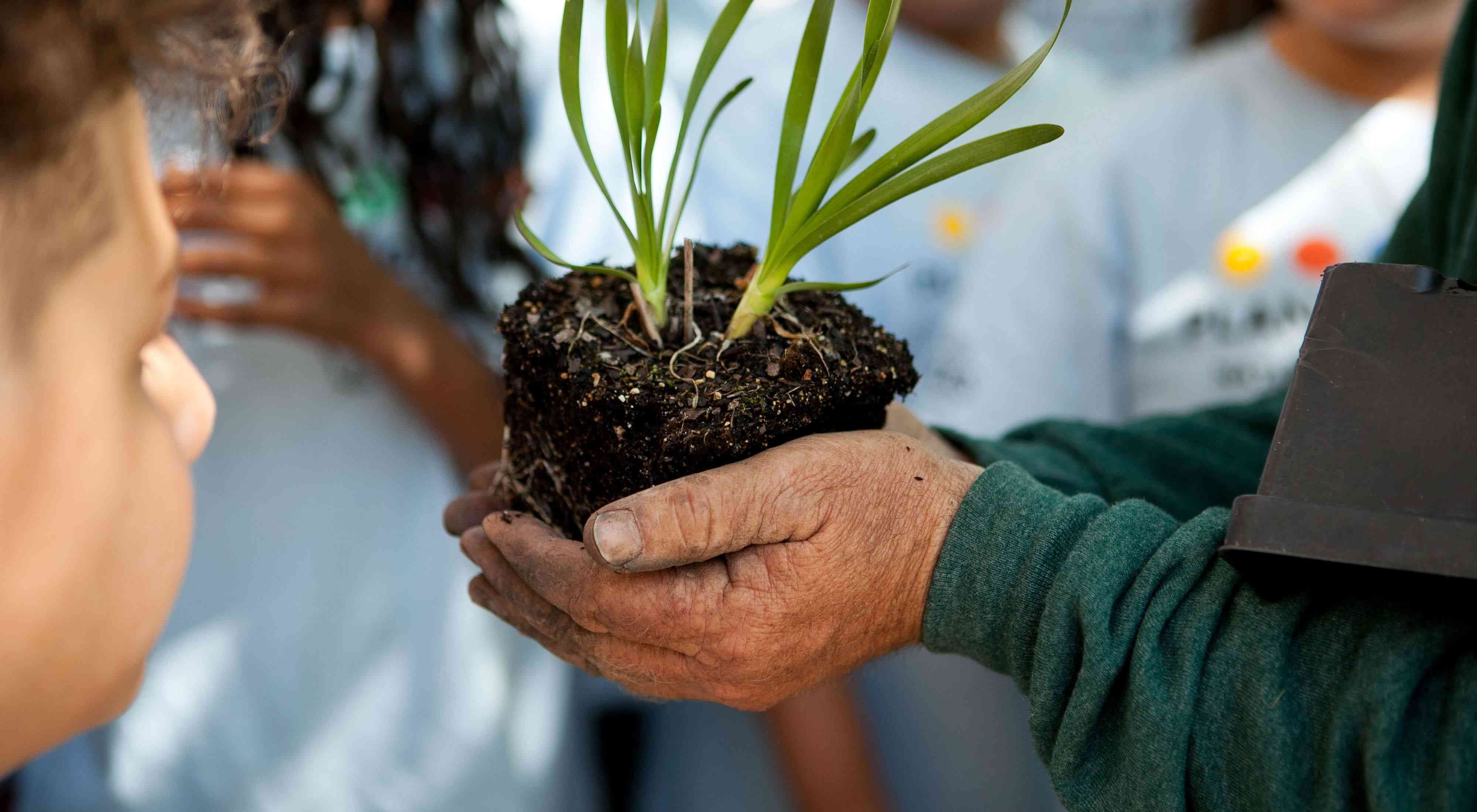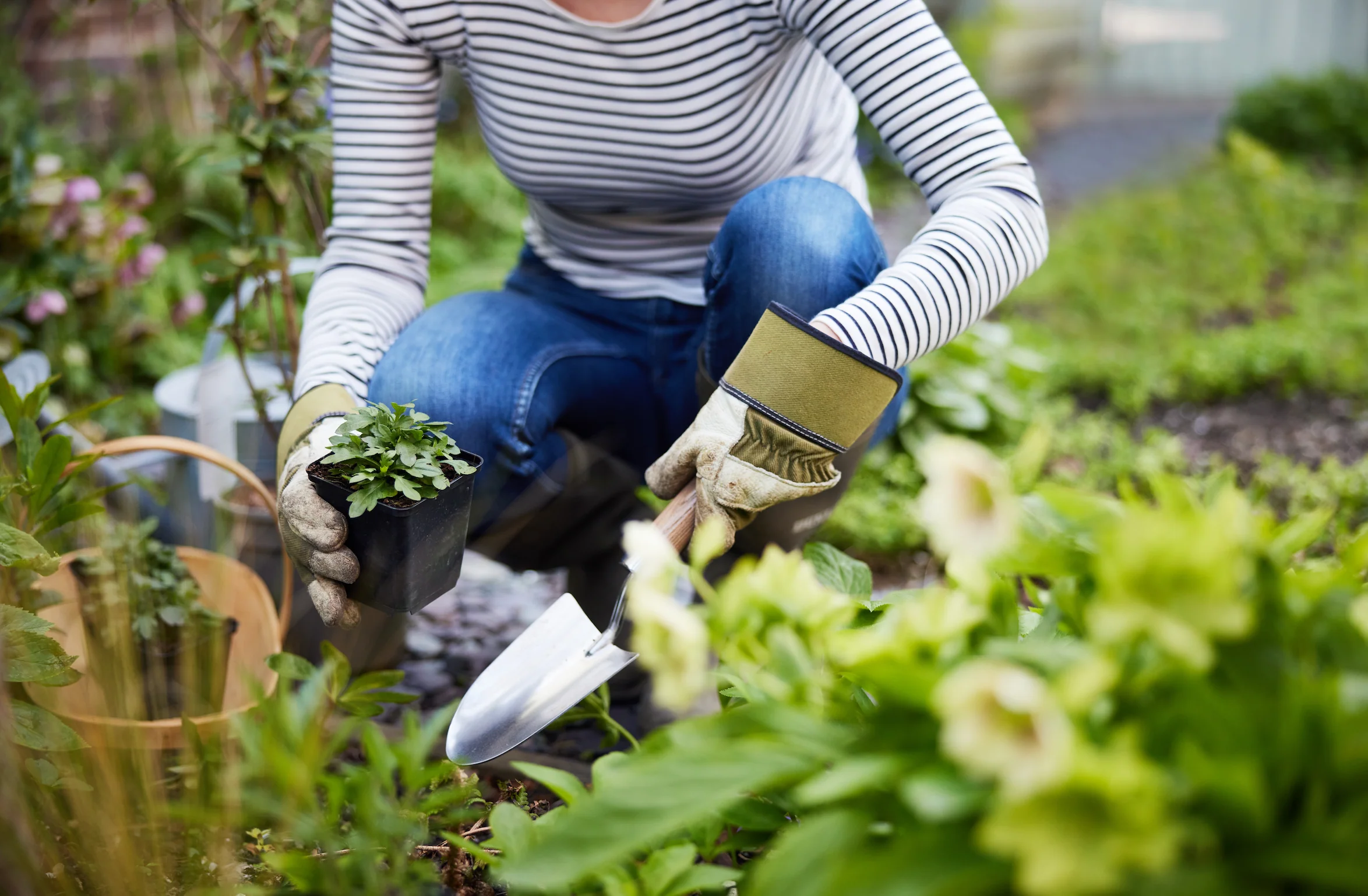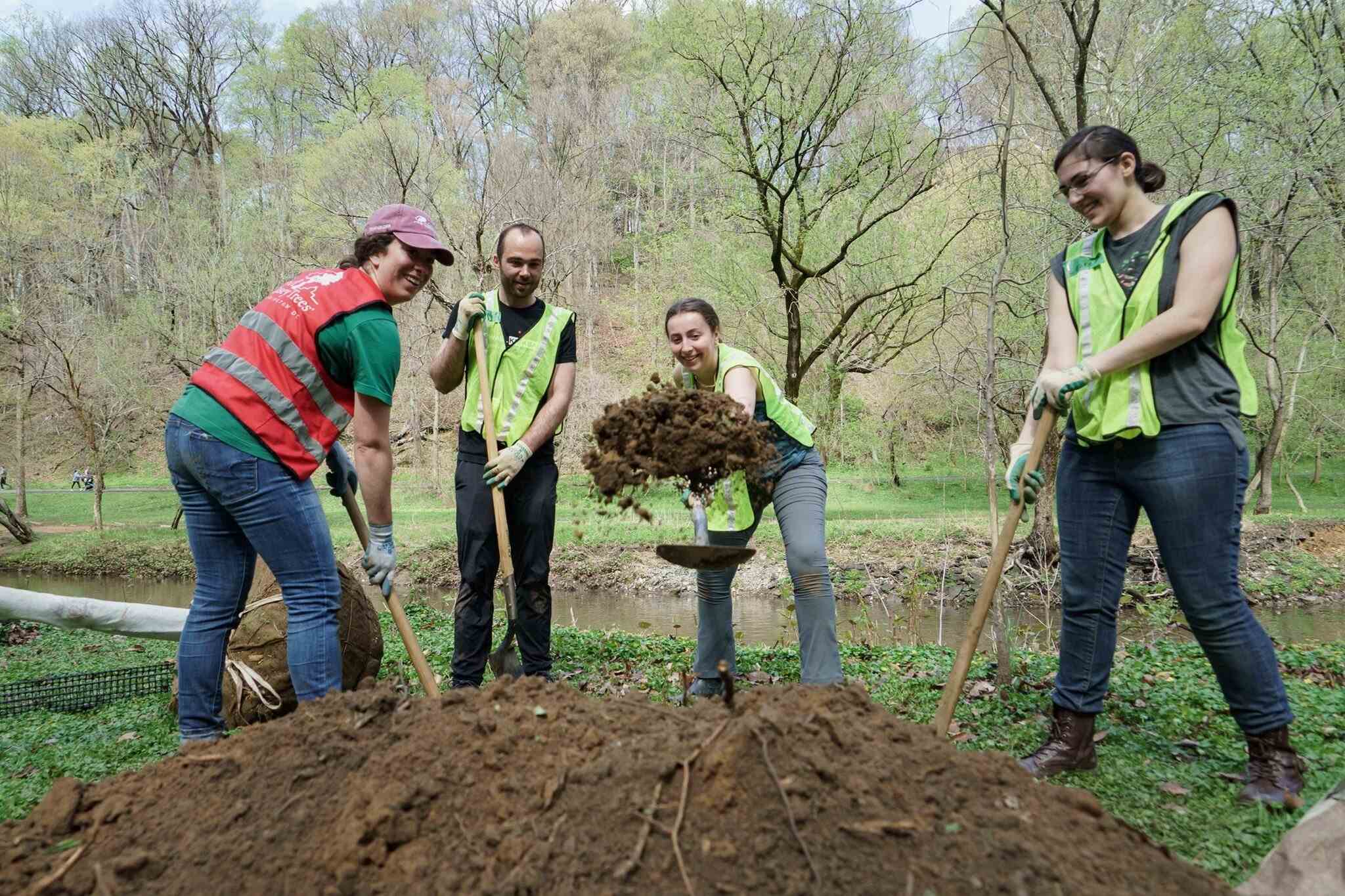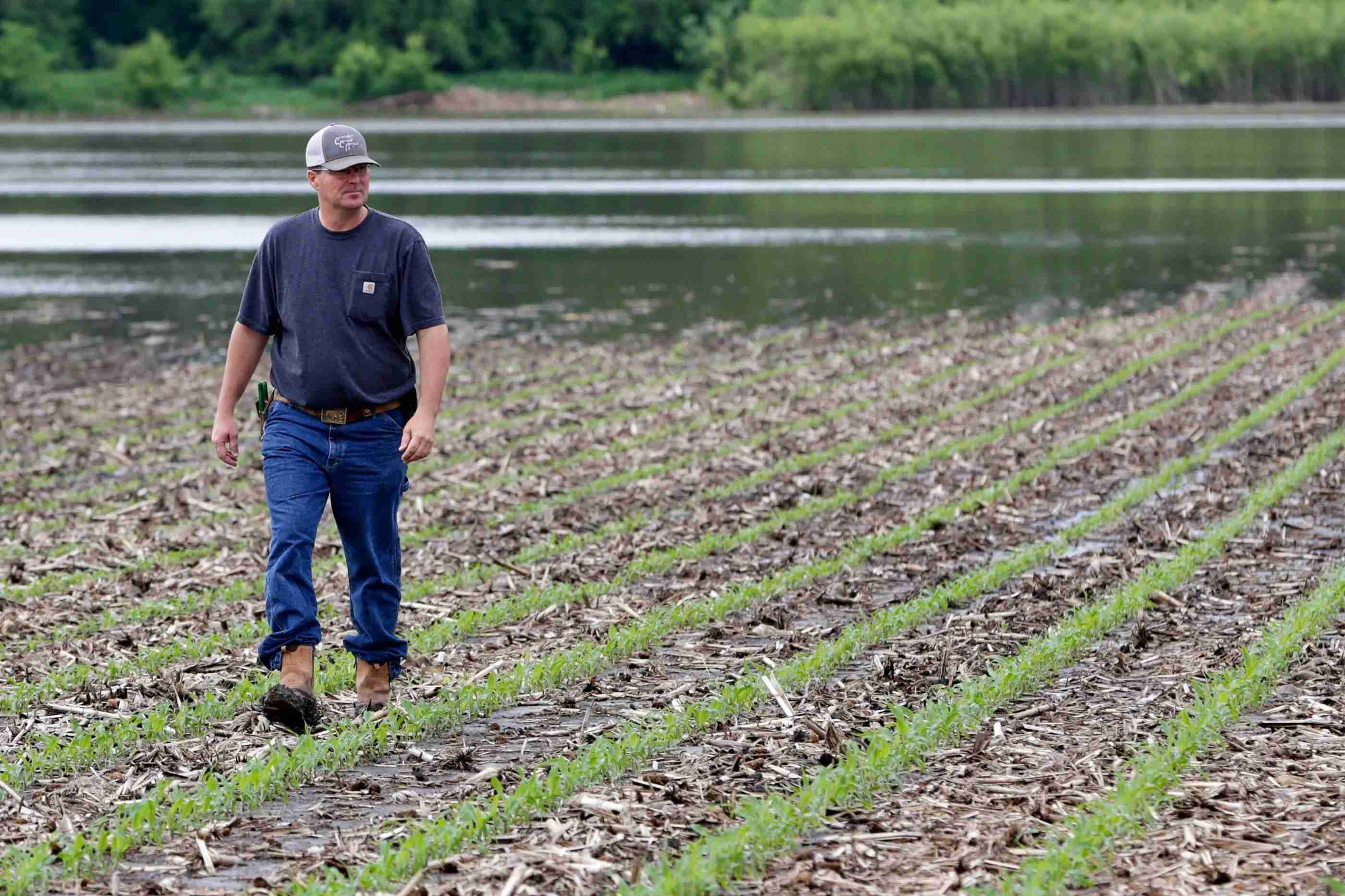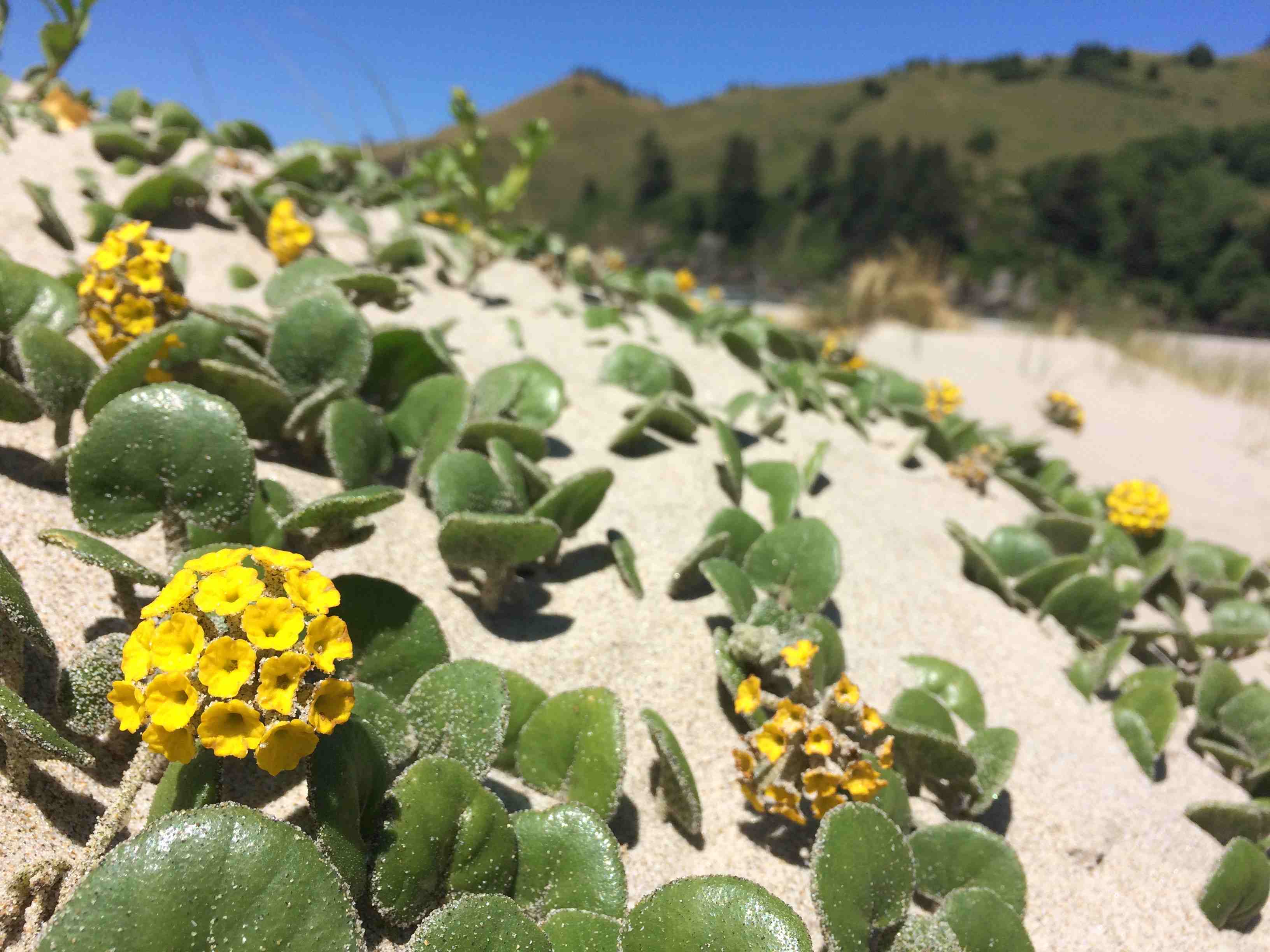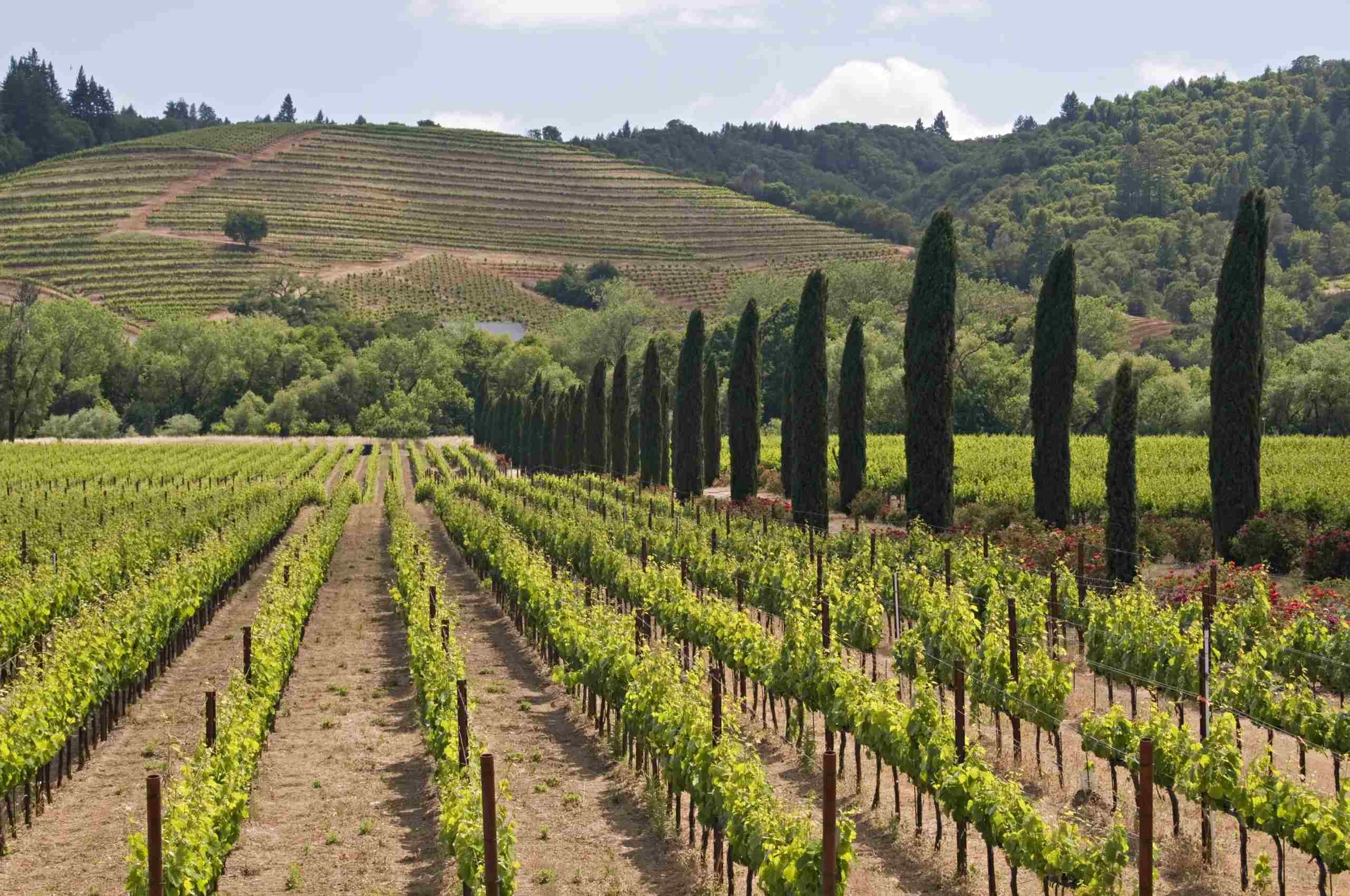Home>Gardening Basics>Understanding Soil>Where Is Planting Zone 7


Understanding Soil
Where Is Planting Zone 7
Modified: January 22, 2024
Find out where planting zone 7 is and gain a deeper understanding of soil composition to optimize your gardening efforts.
(Many of the links in this article redirect to a specific reviewed product. Your purchase of these products through affiliate links helps to generate commission for Chicagolandgardening.com, at no extra cost. Learn more)
Table of Contents
Introduction
Welcome to the world of gardening and horticulture! As an aspiring plant enthusiast, it is crucial to understand the importance of identifying the right planting zone for your garden. Planting zone 7, also known as USDA hardiness zone 7, plays a significant role in determining the types of plants that thrive in your region.
Planting zones are geographical areas defined by climate conditions, which help gardeners select suitable plants for their specific location. These zones are primarily based on the average annual minimum temperatures recorded in a particular area, providing valuable insights into the plants’ ability to withstand cold temperatures.
In this article, we will explore the intricacies of planting zone 7 and unveil the factors that make it a unique and exciting region for gardening enthusiasts. Whether you are a seasoned gardener or just starting, understanding the climate characteristics, suitable plant choices, and challenges associated with planting zone 7 will empower you to create a thriving and beautiful garden.
So, grab your gardening tools and let’s delve into the world of planting zone 7!
What are planting zones?
Before diving into the specifics of planting zone 7, let’s first understand what planting zones are and why they are essential for gardeners and plant enthusiasts.
Planting zones, also known as hardiness zones, are standardized geographical regions that categorize areas based on their climatic conditions. These zones help gardeners determine which plants are most likely to thrive in their specific location.
The United States Department of Agriculture (USDA) developed the most widely used planting zone map, known as the USDA Hardiness Zone Map. This map divides North America into thirteen different zones, each characterized by a specific temperature range.
The primary factor used to determine the boundaries of planting zones is the average annual minimum temperature recorded in a specific area. By considering this crucial temperature data, gardeners can assess which plants can withstand the lowest temperatures in their region and plan accordingly.
Each planting zone is typically separated by a 10-degree Fahrenheit temperature difference. For example, planting zone 7 has an average annual minimum temperature range of 0 to 10 degrees Fahrenheit (-17.8 to -12.2 degrees Celsius).
It is important to note that planting zones are not the only factor to consider when selecting suitable plants for your garden. Other factors such as soil conditions, rainfall patterns, and sunlight exposure also play a crucial role in determining a plant’s ability to thrive in a particular area.
By understanding the concept of planting zones and the specific characteristics of each zone, gardeners can make informed decisions about the plants they choose to cultivate. The knowledge of planting zones acts as a guide, ensuring that plants are selected based on their adaptability and tolerance to the prevailing climate conditions of a specific region.
Now that we have a basic understanding of planting zones, let’s delve into the fascinating world of planting zone 7 and explore what makes it a unique and exciting region for gardening enthusiasts.
Overview of Planting Zone 7
Planting zone 7 is known for its moderate to cool climate, making it a versatile region for gardening. This zone covers a significant portion of the United States, including states like Virginia, Tennessee, Kentucky, Oklahoma, and parts of California, among others.
The defining feature of planting zone 7 is its average annual minimum temperature range, which typically falls between 0 to 10 degrees Fahrenheit (-17.8 to -12.2 degrees Celsius). This temperature range plays a crucial role in determining the types of plants that can thrive in this zone.
One of the advantages of planting zone 7 is the long growing season it offers. With the moderate climate, gardeners have the opportunity to grow a wide variety of plants, both annuals and perennials. The frost-free period in zone 7 can span from 180 to 210 days, providing ample time for plants to mature and yield a bountiful harvest.
The region experiences four distinct seasons: spring, summer, fall, and winter. Spring brings mild temperatures, making it an excellent time for planting cool-season crops such as lettuce, spinach, and peas. Summer temperatures can vary, with some areas experiencing hot and humid conditions. This time of year is ideal for cultivating warm-season crops like tomatoes, peppers, and cucumbers.
Fall in planting zone 7 brings pleasant temperatures, making it an ideal time for planting cool-season crops again. Many gardeners take advantage of the cooler weather to grow vegetables like carrots, beets, and broccoli.
During winter, the region experiences freezing temperatures, with occasional snowfall in some areas. This period gives gardeners a chance to rest and plan for the upcoming growing season. However, with proper care and protection, some winter vegetables like kale, cabbage, and Brussels sprouts can still be grown successfully.
Overall, planting zone 7 offers a wide range of opportunities for gardeners to explore. From colorful flowers to delicious fruits and vegetables, this zone provides a favorable climate for various plant species. Whether you have a small backyard garden or a larger plot of land, planting zone 7 has something to offer for every gardening enthusiast.
Now that we have gained an overview of planting zone 7, let’s dive deeper into its specific climate characteristics and temperature ranges that influence plant selection and growth in this zone.
Climate Characteristics of Planting Zone 7
Planting zone 7 is characterized by its unique climate conditions that shape the plant life in this region. Understanding the climate characteristics of zone 7 will help gardeners select the most suitable plants for their gardens and ensure their success.
The primary factor that distinguishes planting zone 7 is its average annual minimum temperature range of 0 to 10 degrees Fahrenheit (-17.8 to -12.2 degrees Celsius). This range indicates that the region experiences cold winters, which can significantly impact plant growth and survival.
Zone 7 enjoys a moderate to cool climate overall, with average annual temperatures ranging between 20 to 70 degrees Fahrenheit (-6 to 21 degrees Celsius). This range allows for a diverse selection of plants to thrive in this zone.
One important aspect of the climate in planting zone 7 is its annual precipitation. The average annual rainfall in this zone varies depending on the specific location, ranging from 20 to 60 inches (50.8 to 152.4 cm) per year. Adequate water supply is crucial for plant growth and development, and gardeners in zone 7 should consider this factor when selecting plants and planning irrigation.
Another characteristic of planting zone 7 is its four distinct seasons. Spring brings mild and gradually increasing temperatures, providing a favorable environment for many cool-season crops. Summer temperatures can vary, with some areas experiencing hot and humid conditions. This period is ideal for warm-season crops that thrive in the heat.
Fall in zone 7 is marked by cooler temperatures and stunning foliage colors as deciduous trees shed their leaves. This season is perfect for planting cool-season crops again and enjoying the beauty of autumn in the garden. Winter temperatures can drop below freezing, and occasional snowfall may occur. It’s essential for gardeners to protect sensitive plants during the colder months and plan accordingly.
The climate of planting zone 7 also offers an extended growing season, thanks to its moderate temperatures. This longer growing season allows gardeners to cultivate a variety of plants, from early spring crops to late fall harvests.
Overall, the climate characteristics of planting zone 7 make it a versatile and exciting region for gardening. With its moderate temperatures, distinct seasons, and ample rainfall, gardeners have the opportunity to grow a wide range of plants, from ornamentals to vegetables and fruits.
Now that we have explored the climate of planting zone 7, let’s move on to discussing the specific temperature range within this zone and its implications for plant selection.
Temperature Range in Planting Zone 7
The temperature range in planting zone 7 plays a crucial role in determining the types of plants that can thrive in this region. Understanding the temperature variations within this zone is essential for selecting suitable plants and providing them with the optimal growing conditions.
Planting zone 7 is characterized by an average annual minimum temperature range of 0 to 10 degrees Fahrenheit (-17.8 to -12.2 degrees Celsius). While this zone experiences cold winters, it also enjoys fairly mild temperatures during the growing seasons.
Spring in zone 7 brings gradually increasing temperatures as it transitions from the colder winter months. The average spring temperature ranges from 40 to 70 degrees Fahrenheit (4.4 to 21 degrees Celsius). This moderate temperature range allows for the successful growth of a variety of cool-season crops like lettuce, spinach, and peas.
Summer temperatures in planting zone 7 can vary depending on the specific location. Some areas experience hot and humid conditions, while others enjoy milder summers. On average, summer temperatures range from 60 to 90 degrees Fahrenheit (15.6 to 32.2 degrees Celsius). These warmer temperatures create ideal conditions for warm-season crops, including tomatoes, peppers, cucumbers, and melons.
As fall approaches, temperatures in zone 7 begin to cool down. The average temperature during the fall season ranges from 40 to 70 degrees Fahrenheit (4.4 to 21 degrees Celsius). This cooler weather is ideal for growing cool-season crops once again, such as carrots, beets, broccoli, and kale.
Winter in planting zone 7 is marked by freezing temperatures, with occasional snowfall in some areas. The average winter temperature ranges from 0 to 40 degrees Fahrenheit (-17.8 to 4.4 degrees Celsius). While many plants go dormant during this season, some cold-hardy vegetables like cabbage, Brussels sprouts, and winter greens can still be grown with proper care and protection.
Gardeners in planting zone 7 should be mindful of these temperature ranges and plan their planting and harvesting schedules accordingly. Understanding the specific temperature requirements of different plants will help ensure their successful growth and productivity.
It’s worth noting that microclimates may exist within planting zone 7 due to variations in elevation, proximity to bodies of water, and other factors. These microclimates can influence the temperature in specific areas, creating localized temperature variations. Gardeners should take these microclimates into account when selecting plants and planning their gardens.
Now that we have explored the temperature range in planting zone 7, let’s move on to discussing the types of plants that thrive in this zone and the considerations gardeners should keep in mind when selecting them.
Suitable Plants for Planting Zone 7
Planting zone 7 offers a wide range of opportunities for gardeners, with its moderate climate and extended growing season. Many plants thrive in this zone, including ornamental flowers, delicious fruits, and a variety of vegetables. Here are some suitable plants for planting zone 7:
- Perennials: Planting zone 7 is ideal for a diverse selection of perennials that can provide long-lasting beauty to your garden. Some popular choices include daylilies, coneflowers, asters, black-eyed Susans, hostas, and phlox. These resilient plants come back year after year, adding color and texture to your landscape.
- Annuals: Annual flowers brighten up any garden and can be a great addition to planting zone 7. Consider planting marigolds, petunias, zinnias, cosmos, or impatiens. These plants flourish in the warm summer temperatures and can provide vibrant blooms throughout the season.
- Vegetables: Planting zone 7 is suitable for a variety of vegetables that thrive in its moderate temperatures. Grow summer favorites like tomatoes, peppers, cucumbers, beans, and corn. For cool-season crops, consider lettuce, spinach, kale, carrots, beets, and broccoli. Take advantage of the extended growing season to plant multiple crops throughout the year.
- Fruits: Many fruit trees and bushes can thrive in planting zone 7. Apples, pears, peaches, plums, and cherries are popular choices for fruit trees. Additionally, consider planting berry bushes like blueberries, raspberries, and blackberries, which can produce delicious and nutritious fruits.
- Herbs: Growing herbs in planting zone 7 is a rewarding experience. Basil, parsley, dill, oregano, thyme, and mint are just a few herbs that thrive in this zone. These aromatic plants add flavor to your culinary creations and can be grown in containers or in designated herb gardens.
When selecting plants for planting zone 7, it is important to consider factors such as soil type, sunlight exposure, and water requirements. Some plants may have specific preferences for pH levels or soil moisture, so be sure to research the needs of each plant before adding them to your garden.
Additionally, consider the frost-free period in planting zone 7. This period provides a window of time for plant growth and maturity before the first frost of the season. Plan your planting schedule accordingly to take full advantage of this period and maximize your garden’s productivity.
By choosing plants that are well-suited to planting zone 7, you can create a vibrant and thriving garden that brings beauty and abundance year after year.
Now that we have explored the suitable plants for planting zone 7, let’s discuss some of the challenges and considerations that gardeners may face in this zone.
Challenges and Considerations in Planting Zone 7
While planting zone 7 offers a favorable climate for a wide range of plants, there are some challenges and considerations that gardeners in this zone should keep in mind. Being aware of these factors will help ensure the success of your garden and help you overcome any potential obstacles.
One of the main challenges in planting zone 7 is the potential for extreme temperature fluctuations. While the average annual minimum temperature range in this zone is 0 to 10 degrees Fahrenheit (-17.8 to -12.2 degrees Celsius), there can be significant variations within this range. Early spring and late fall frosts can damage or kill tender plants, so it’s important to pay attention to the frost dates and protect sensitive plants accordingly.
Another consideration is the possibility of hot and dry summers in certain areas of planting zone 7. Watering is crucial during these periods to ensure plants receive adequate moisture. Consider using mulch to retain soil moisture and reduce water evaporation.
Soil composition can also present challenges in planting zone 7. It is advisable to perform a soil test to determine the pH level and nutrient content of your soil. Amendments such as organic matter or fertilizers may be needed to create optimal growing conditions for your plants.
Gardeners in zone 7 should also consider the specific microclimates within their region. Factors such as elevation, proximity to bodies of water, and exposure to prevailing winds can create localized temperature variations and impact the success of certain plants. Observing these microclimates and selecting plants accordingly can help optimize growing conditions.
Additionally, disease and pest management should be a focal point for gardeners in planting zone 7. Common garden pests like aphids, slugs, and snails can pose a threat to your plants. It is important to implement preventive measures, such as regular inspections, proper sanitation, and, if necessary, appropriate pest control methods.
Considering the timing of plantings is another crucial aspect in planting zone 7. The longer growing season in this zone allows for multiple crops throughout the year. However, it is essential to pay attention to the specific growing requirements and optimal planting dates for each plant. Some crops may thrive better in the cooler spring and fall seasons, while others may require the warmth of summer.
Lastly, staying informed about local gardening resources, such as extension services or gardening communities, can provide valuable guidance and support. These resources can provide region-specific advice, recommended plant varieties, and valuable tips to overcome any unique challenges in planting zone 7.
By acknowledging and addressing the challenges and considerations in planting zone 7, gardeners can make informed decisions, adapt to the specific conditions, and create a thriving and resilient garden.
Now that we have explored the challenges and considerations of planting zone 7, let’s conclude our exploration of this diverse and rewarding gardening region.
Conclusion
Planting zone 7 offers a world of possibilities for gardeners and plant enthusiasts. With its moderate climate, extended growing season, and diverse plant options, this zone provides a unique and exciting opportunity to create a thriving and beautiful garden.
By understanding the climate characteristics and temperature range of planting zone 7, you can confidently select suitable plants that will flourish in this region. From perennial flowers to annuals, vegetables, fruits, and herbs, there is an abundance of options to choose from.
However, it is important to consider the specific challenges and considerations that come with gardening in zone 7. Extreme temperature fluctuations, hot and dry summers, soil conditions, localized microclimates, and pest management are all factors that gardeners must address to ensure the health and success of their plants.
With proper planning, watering, soil preparation, and pest control, these challenges can be overcome, and your garden can thrive. Additionally, taking advantage of the extended growing season and understanding the optimal planting dates for different crops will allow you to maximize your garden’s productivity.
Remember to stay informed and consult local gardening resources to gain valuable insights and recommendations tailored to planting zone 7. Utilize these resources to enhance your knowledge, improve your gardening techniques, and connect with other gardening enthusiasts in your area.
Whether you are a seasoned gardener or just starting on your gardening journey, planting zone 7 offers endless possibilities. Embrace the opportunities it presents, experiment with different plant varieties, and let your creativity flourish as you create a vibrant and thriving garden in this diverse and exciting planting zone.
So, pick up your gardening tools, don your favorite gardening gloves, and get ready to embark on a rewarding journey in planting zone 7. The possibilities are endless, and the beauty of your garden awaits!

